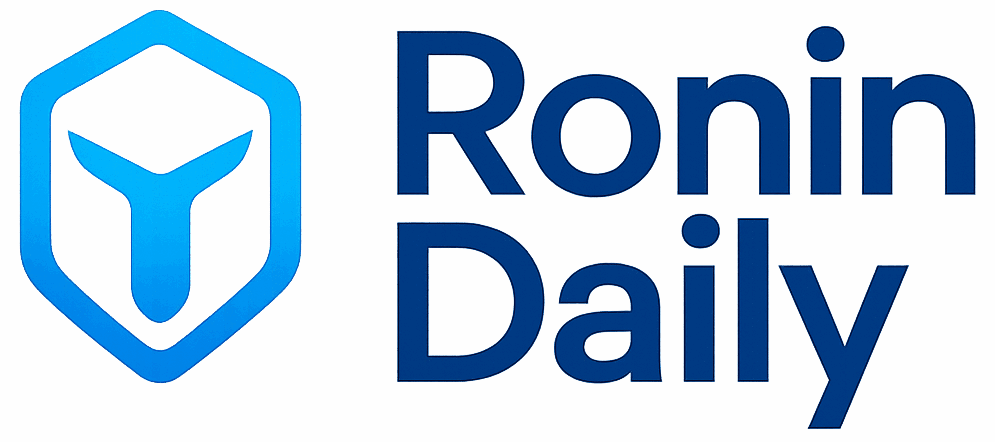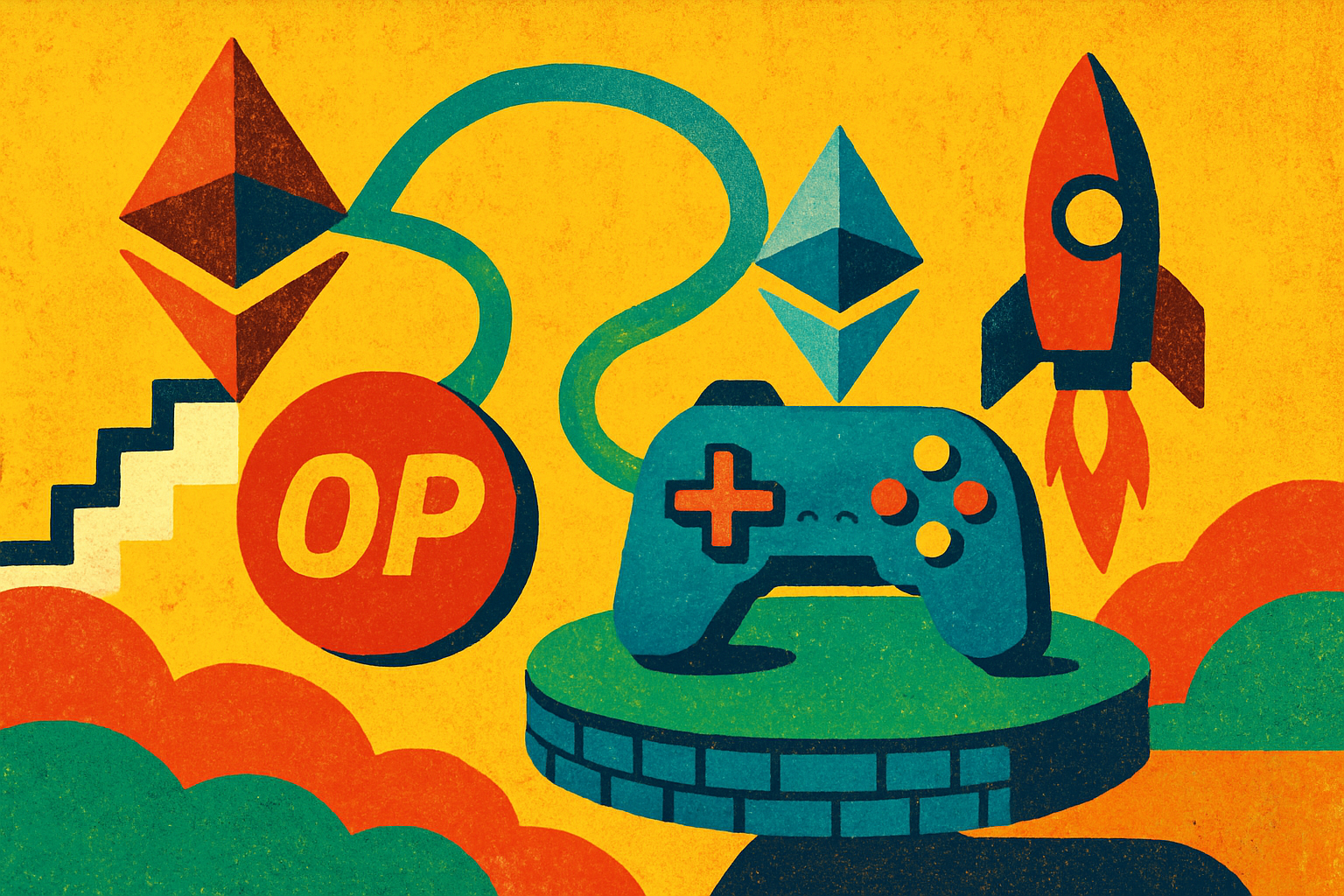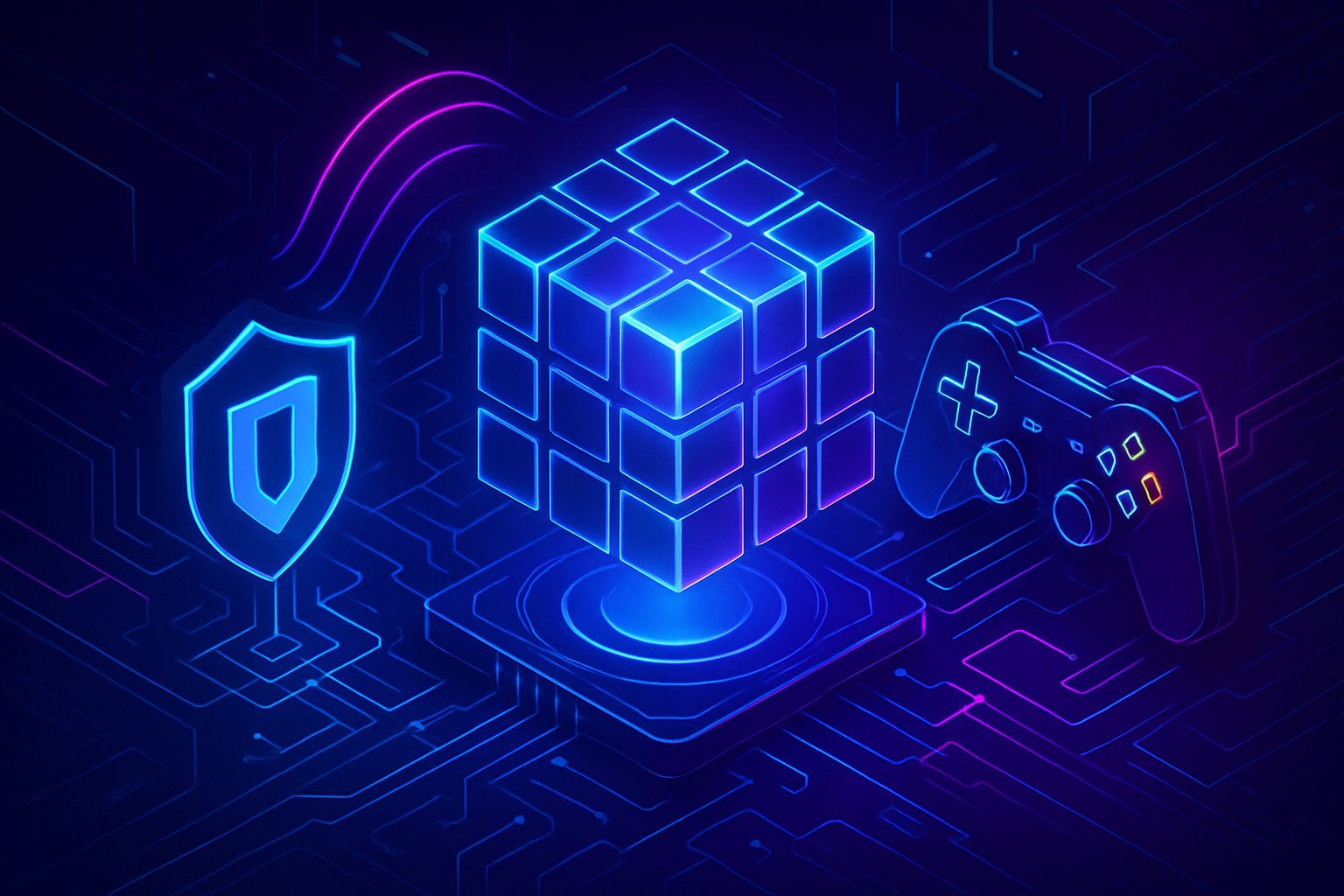
As the blockchain gaming sector scales to millions of daily users, transaction speed and reliability are now critical differentiators for leading Web3 networks. Ronin, originally built to support Axie Infinity’s explosive growth, is undergoing a major technical transformation by integrating zkEVM technology and the Optimism OP Stack. This shift places Ronin at the forefront of gaming-focused Layer 2 (L2) solutions, delivering sub-200ms finality and setting new standards for performance in decentralized gaming ecosystems.
Ronin zkEVM and OP Stack: The Technical Leap for Gaming
The integration of zkEVM on the OP Stack is more than a routine upgrade. It’s a strategic response to the sector’s most pressing challenges: latency, throughput, and security. Ronin’s adoption of this stack enables block times between 100 to 200 milliseconds, a milestone that directly addresses the need for near-instant transaction confirmations in fast-paced Web3 games. For developers building complex game economies or real-time multiplayer experiences, this means actions like asset transfers, token swaps, or NFT trades can be settled in under a second with minimal friction.
This performance boost isn’t theoretical. According to recent data from Shoaib (X · MshoaibKhalid7), Ronin is now “delivering sub-200ms finality” thanks to its zkEVM-powered OP Stack. The network’s throughput ambitions are equally bold: proposals target scalability up to one million transactions per second (TPS), rivaling centralized game servers while maintaining Ethereum compatibility (source). This positions Ronin as one of the most technically advanced L2s for gaming on Ethereum.
Unified Ecosystem and Low Gas Fees: Developer and Player Benefits
The practical impact of these upgrades extends well beyond raw speed. By leveraging zkEVM within the OP Stack architecture, Ronin enables a unified gaming ecosystem. Developers can build interoperable games where assets flow freely between L1 and L2 environments, facilitating effortless NFT trading, cross-game token swaps, and streamlined onboarding. Players benefit from consistently low gas fees across all interactions, removing one of the key frictions that have historically limited blockchain game adoption (source).
This architecture also unlocks “ETH-grade security, ” as Shoaib notes. By inheriting security from Ethereum’s mainnet while operating at L2 speeds and costs, Ronin offers an environment where both game studios and players can trust that their assets are safe, even under high transaction loads or during network spikes.
RON Token Market Update: $0.4839 Amid Major Network Transition
The technical overhaul comes as RON, the native token powering transaction fees and governance, holds steady in volatile markets. As of October 2,2025, RON trades at exactly $0.4839, registering a modest 24-hour gain of $0.0328 ( and 0.0726%). Intraday volatility has seen highs at $0.4861 and lows down to $0.4510, reflecting both renewed interest from network upgrades and broader crypto market dynamics.
Ronin (RON) Price Prediction 2026-2031
Professional outlook incorporating Ronin’s zkEVM, OP Stack integration, and Web3 gaming leadership
| Year | Minimum Price | Average Price | Maximum Price | Approx. % Change (Avg YoY) | Key Market Scenario |
|---|---|---|---|---|---|
| 2026 | $0.42 | $0.58 | $0.75 | +20% | OP Stack adoption accelerates; Web3 gaming growth |
| 2027 | $0.55 | $0.72 | $1.05 | +24% | Mainstream gaming partnerships; increased transaction volume |
| 2028 | $0.63 | $0.89 | $1.35 | +24% | Broader L2 adoption; regulatory clarity improves |
| 2029 | $0.78 | $1.12 | $1.70 | +26% | Sustained network growth; NFT and asset trading expansion |
| 2030 | $0.95 | $1.45 | $2.10 | +29% | Mass-market gaming launches; strong developer incentives |
| 2031 | $1.10 | $1.80 | $2.65 | +24% | Ronin as a leading L2; potential supercycle in Web3 gaming |
Price Prediction Summary
Ronin (RON) is positioned for steady, above-market growth driven by its transition to a scalable, secure Ethereum L2 with sub-200ms finality. The network’s focus on Web3 gaming, developer incentives, and increasing interoperability with Ethereum’s ecosystem could catalyze strong adoption and price appreciation through 2031. While short-term volatility remains possible, long-term prospects are enhanced by Ronin’s technological edge and expanding use cases.
Key Factors Affecting Ronin Price
- Adoption rate of OP Stack and zkEVM for Web3 gaming
- Partnerships with major game studios and platforms
- User and transaction growth on Ronin-powered games
- Competition from other L2s and gaming chains (e.g., Immutable, Polygon)
- Regulatory developments impacting crypto gaming assets
- Broader crypto market cycles and risk appetite
- Innovation in NFT, asset trading, and cross-chain interoperability
Disclaimer: Cryptocurrency price predictions are speculative and based on current market analysis.
Actual prices may vary significantly due to market volatility, regulatory changes, and other factors.
Always do your own research before making investment decisions.
This price stability is notable given the scale of infrastructure changes underway; it suggests investor confidence in Ronin’s long-term vision as an Ethereum-aligned L2 purpose-built for gaming scalability.
Pushing Web3 Gaming Scalability Beyond Legacy Chains
The move to OP Stack-powered zkEVM represents not just an upgrade but a paradigm shift for Web3 gaming scalability. With block times measured in milliseconds, not seconds, and capacity scaling toward one million TPS, Ronin addresses historical pain points that have kept blockchain games lagging behind their Web2 counterparts.
The combination of near-instant finality, unified asset management across L1/L2 boundaries, low gas fees, and Ethereum-grade security is already attracting top-tier developers looking to build next-generation games without compromise (source). As more projects join the ecosystem, and with milestone-based grants now accessible through Optimism’s Superchain, Ronin is poised to redefine what’s possible for decentralized play-to-earn economies.
For both studios and end users, these advancements translate to tangible improvements in gameplay experience and economic flexibility. Game developers can now architect intricate economies with confidence that network congestion or high fees will not disrupt user engagement. Players, meanwhile, gain access to a fluid marketplace for NFTs and in-game assets, all underpinned by robust security inherited from Ethereum’s L1. The result is a gaming ecosystem where performance bottlenecks no longer limit creativity or scale.
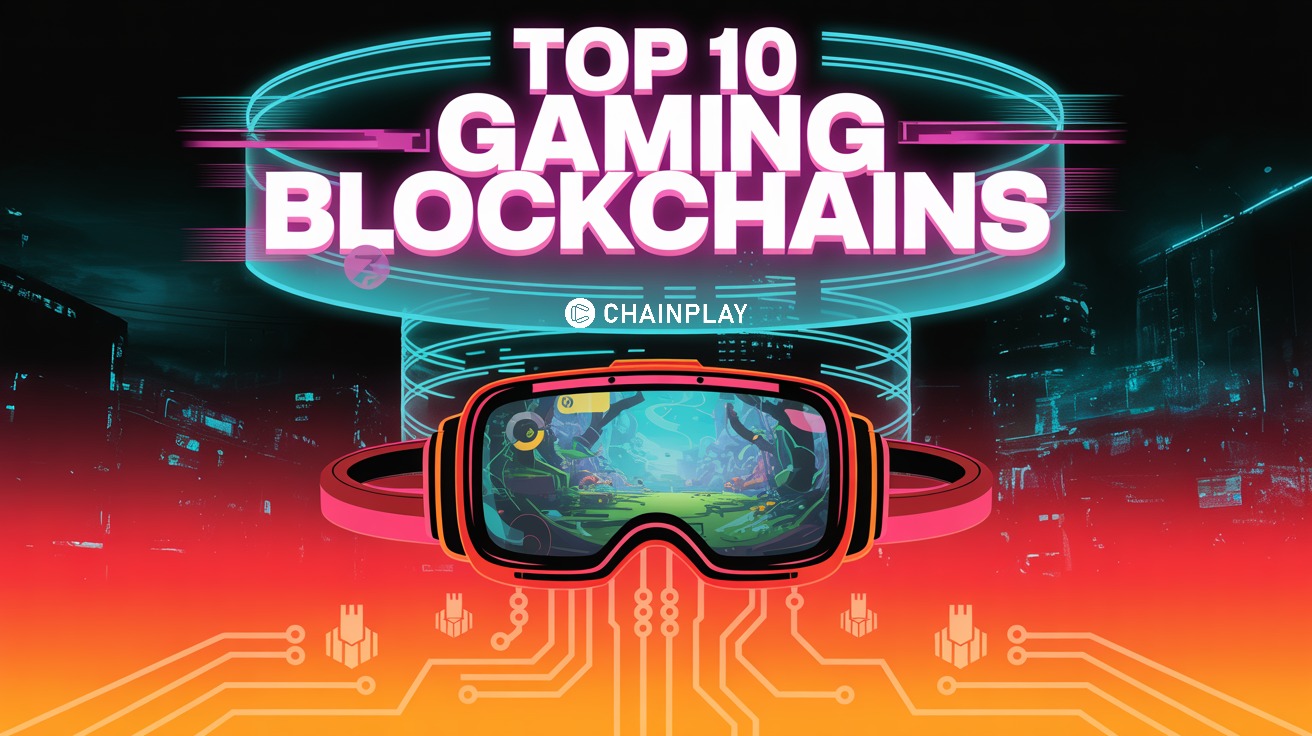
Ronin’s ability to deliver sub-200ms finality blockchain speeds is not just a technical feat but a market differentiator. In an industry where user retention hinges on responsiveness and reliability, these metrics unlock new genres of real-time multiplayer games and cross-platform experiences previously impossible on slower blockchains. The OP Stack’s modularity further empowers teams to iterate quickly and deploy updates without compromising security or uptime.
Key Advantages Driving Adoption
Top 5 Benefits of Ronin zkEVM for Web3 Gaming
-
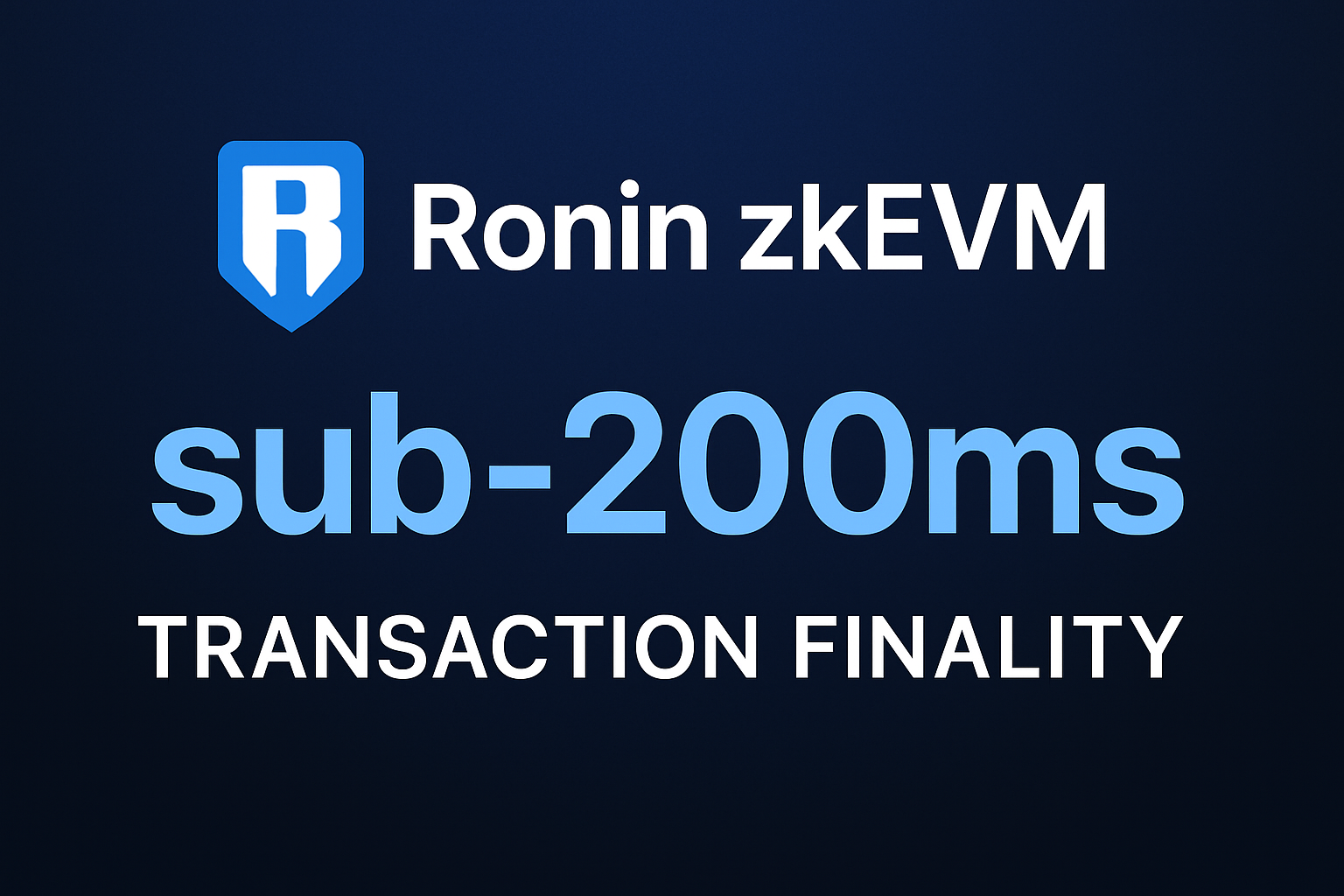
Ultra-Fast Transaction Finality: Ronin zkEVM delivers sub-200ms finality, ensuring near-instant confirmation of in-game actions. This rapid processing is crucial for seamless gameplay and real-time interactions in Web3 games.
-
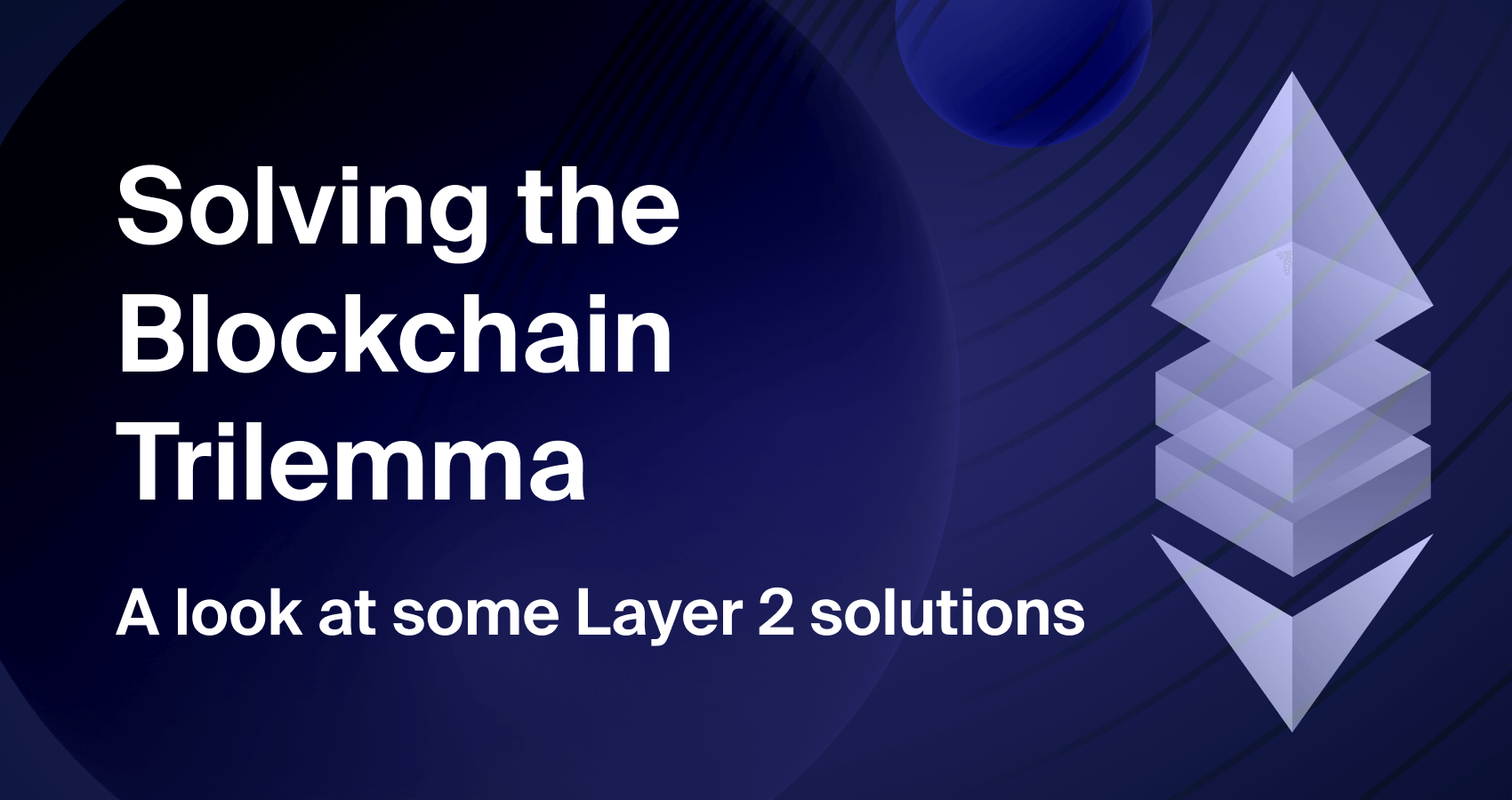
Massive Scalability: Leveraging the OP Stack, Ronin zkEVM can handle up to 1 million transactions per second. This scalability supports large, complex gaming ecosystems and high user activity without congestion.
-
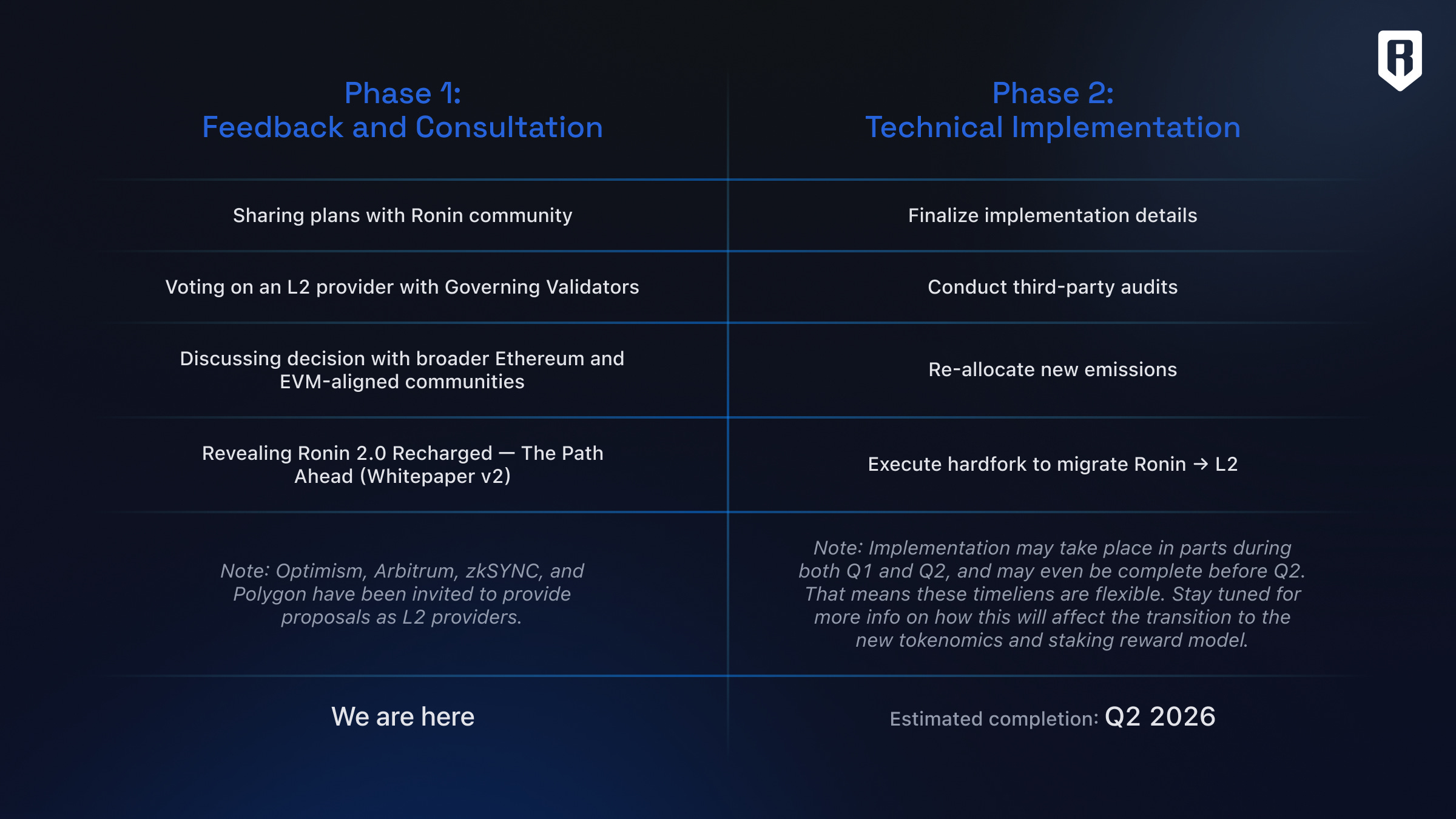
Ethereum-Grade Security: As a Layer 2 solution built on the OP Stack, Ronin inherits Ethereum’s robust security features, providing a trustworthy environment for both developers and players.
-
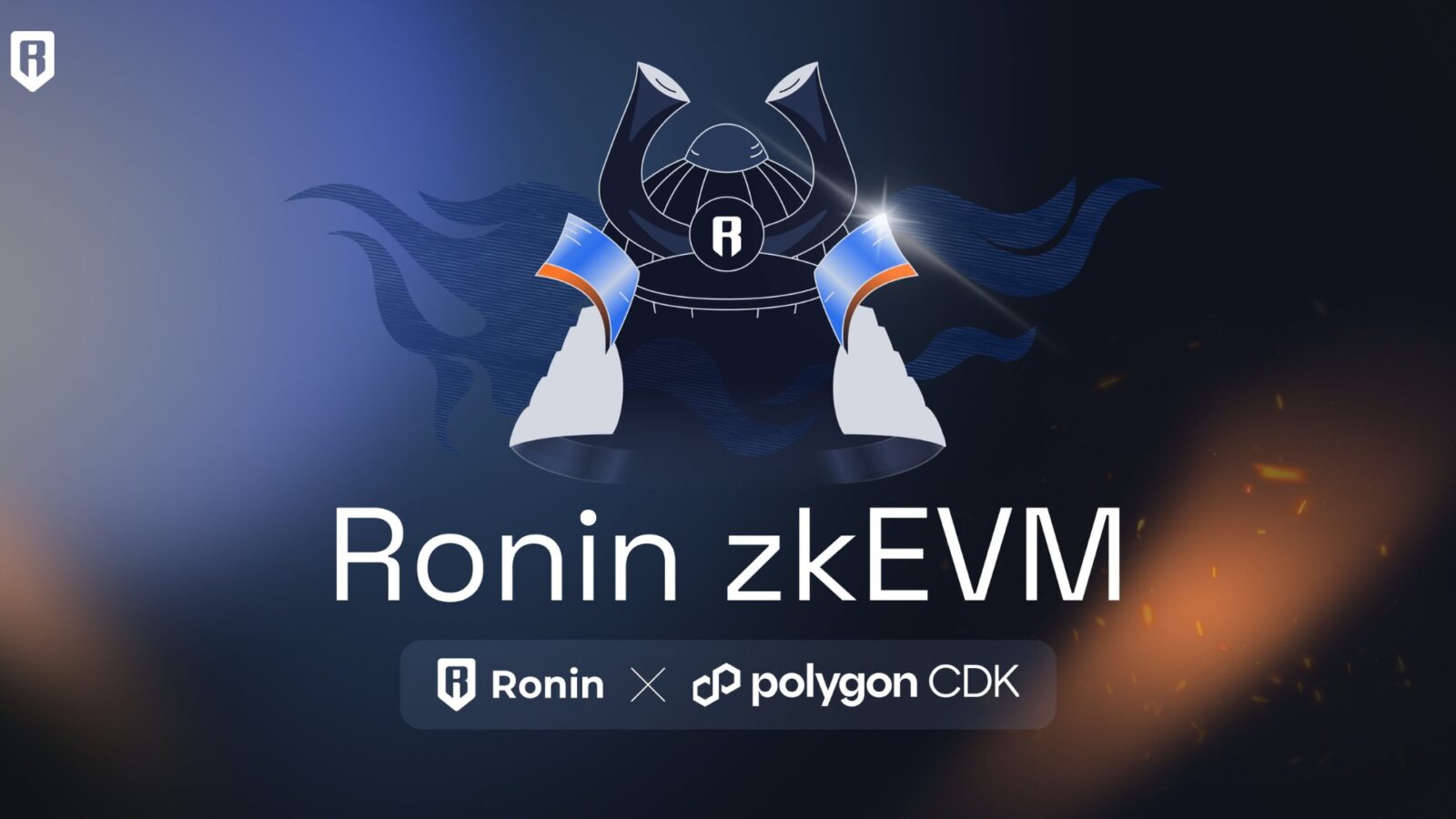
Unified Gaming Ecosystem: Ronin zkEVM enables effortless asset transfers, token swaps, and NFT trading across both Layer 1 and Layer 2 games, fostering interoperability and a seamless user experience.
-
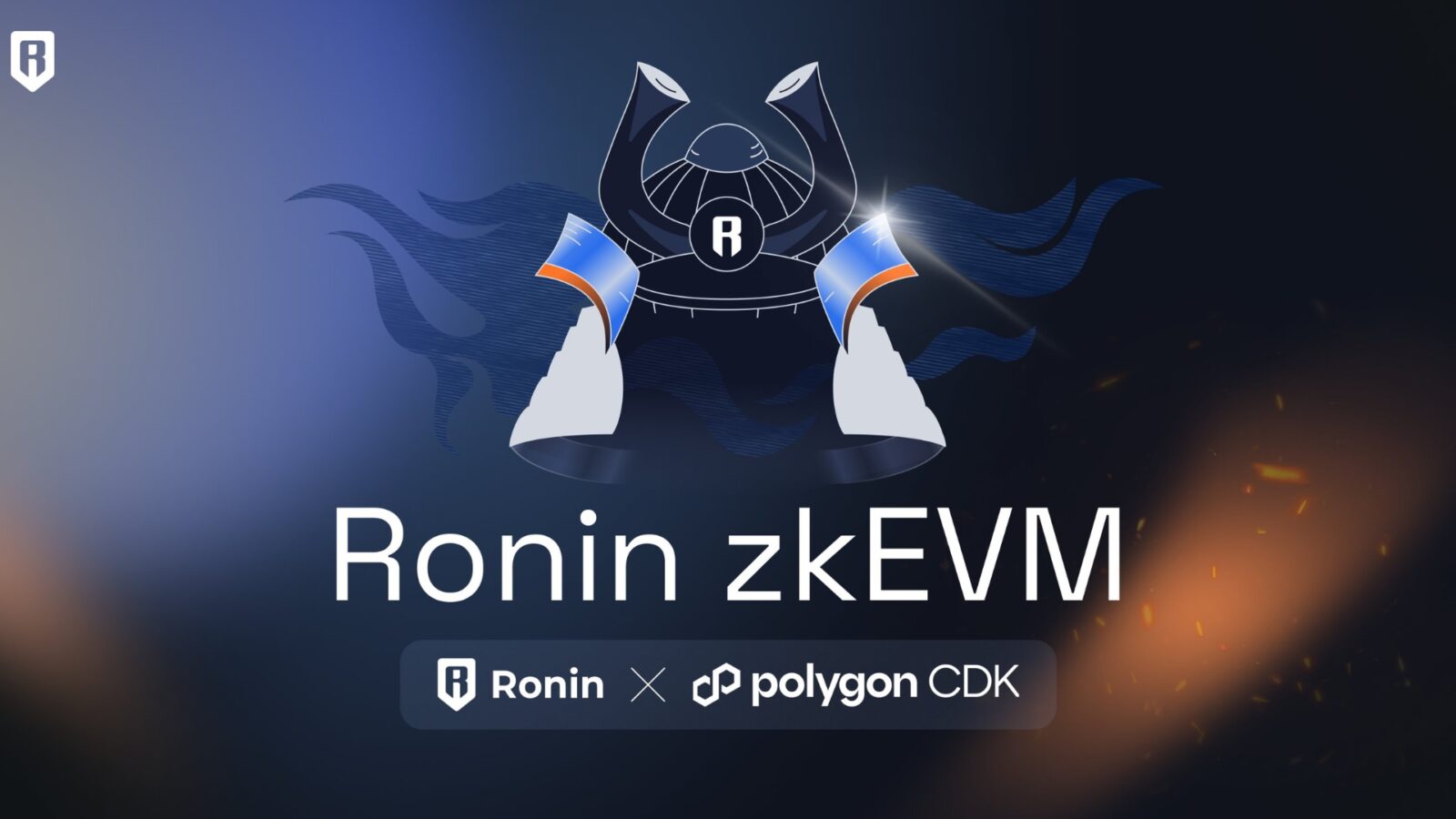
Enhanced Developer Support and Incentives: Integration with the Optimism Superchain unlocks milestone-based grants and advanced developer resources, accelerating innovation and growth within the Ronin ecosystem.
Market participants have taken note. As highlighted by Shoaib on X, the Ronin Network’s blend of performance, cost-efficiency, and ETH-grade security is setting the pace for the next wave of blockchain-powered entertainment. With RON holding steady at $0.4839, the token remains central to both network operations and governance incentives as the ecosystem expands.
Looking forward, Ronin’s roadmap includes deeper integrations with Optimism’s Superchain, expanded developer tooling, and further reductions in gas costs as zkEVM technology matures. These initiatives are designed to keep Ronin at the forefront of Web3 gaming scalability, ensuring it remains competitive against both legacy chains and emerging L2 contenders.
As adoption accelerates, expect more flagship titles to launch on Ronin L2, each leveraging instant finality, seamless asset transfers, and low fees. For developers aiming to build at the intersection of speed, scale, and security, Ronin zkEVM powered by OP Stack is quickly becoming the gold standard.
